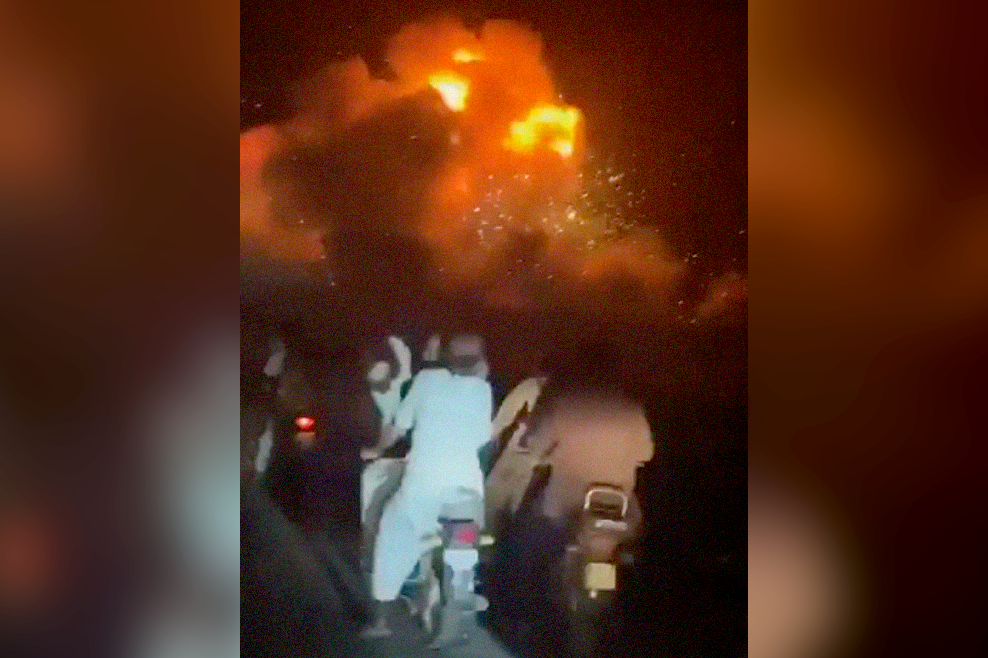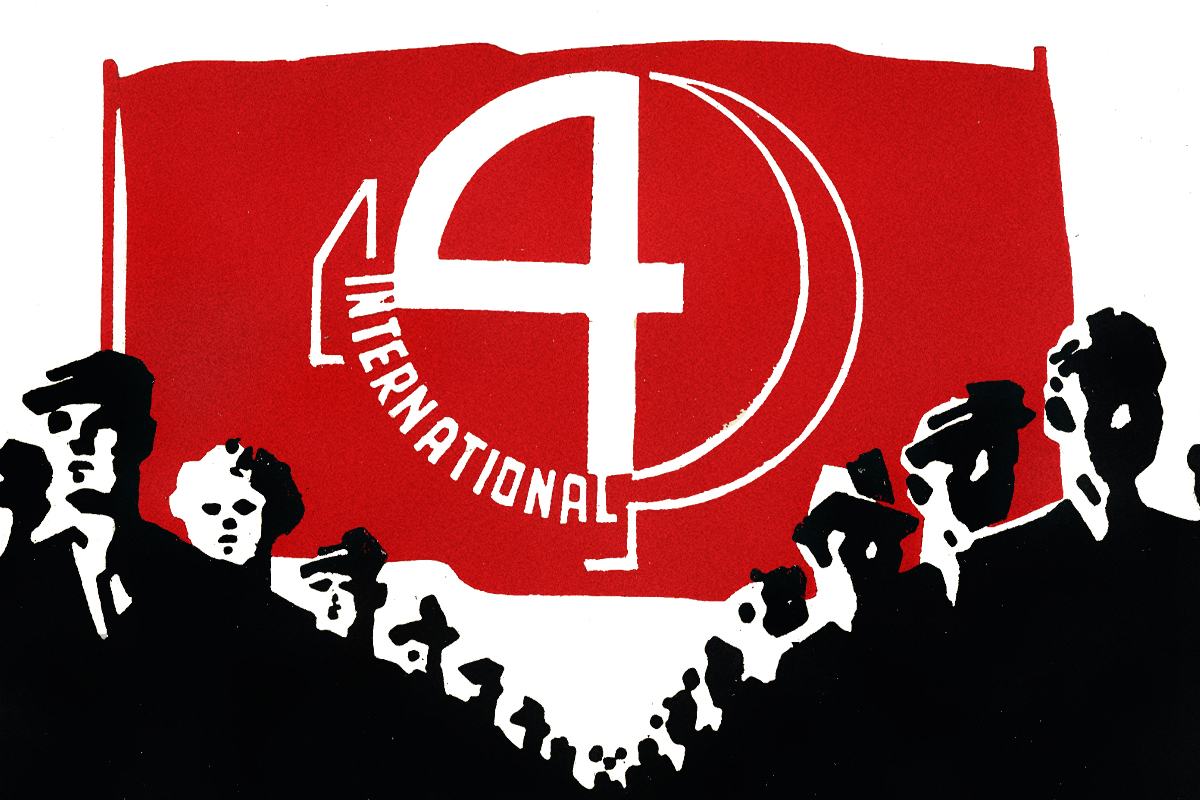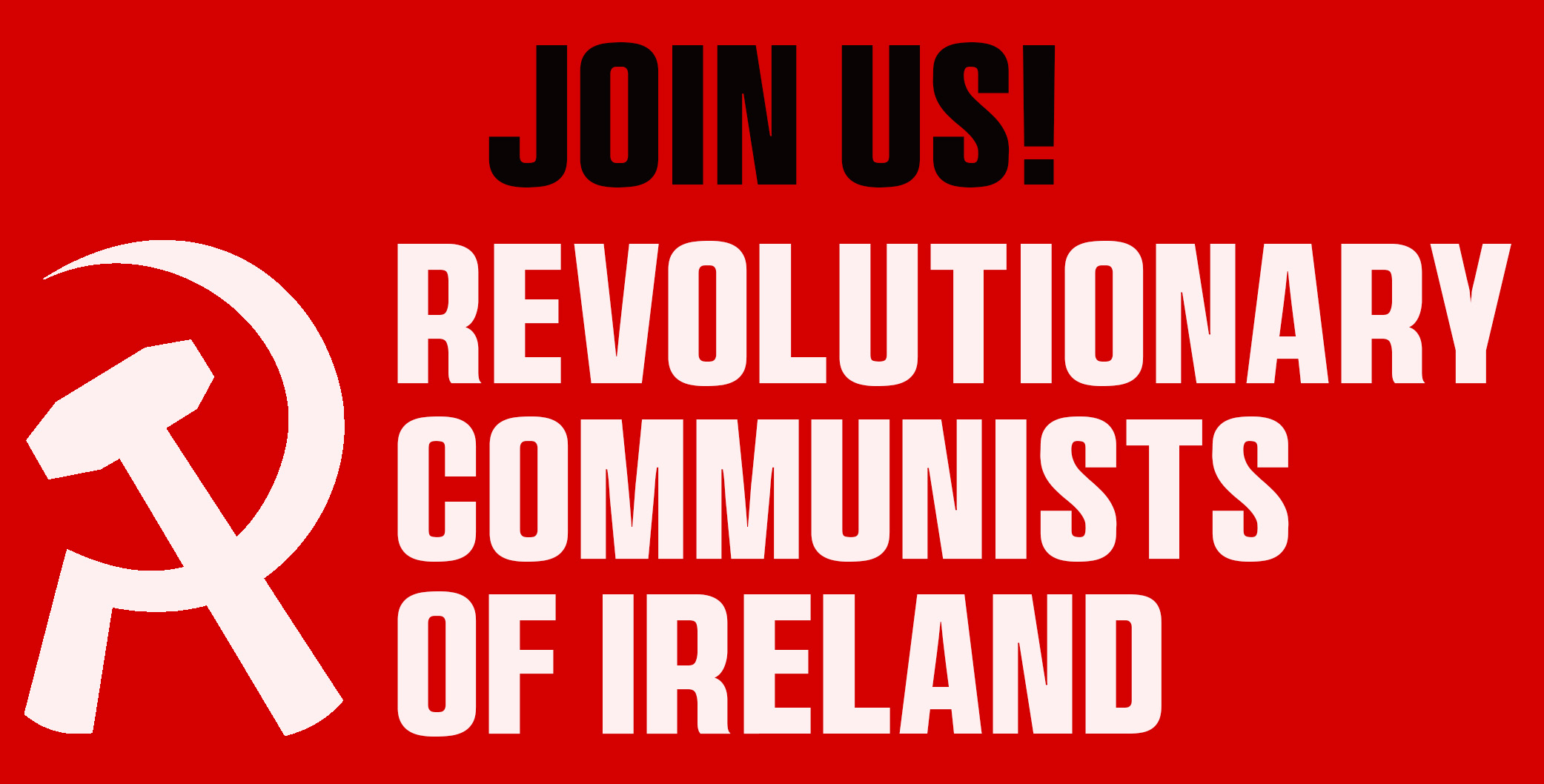Another war has begun between arch-rivals India and Pakistan, in which both have claimed victory so far. In the early hours of 7 May, the Indian Air Force carried out nine attacks inside Pakistan and Pakistani-administered Kashmir. In retaliation, Pakistan claims to have downed five Indian jets, which India has so far denied.
India has claimed that the places targeted inside Pakistan were camps operated by terrorist organisations Lashkar-e-Taiba and Jaish-e-Muhammad, which have been responsible for several terrorist attacks in India. Pakistan has declared that 26 lives were lost and 46 were injured in these attacks, which struck different cities of Pakistan and ‘Azad’ Kashmir, including Muridke near Lahore. Those killed include several family members and associates of Masood Azhar, who is on the UN’s list of terrorists.
Pakistan has claimed that five Indian jet planes involved in the attack were shot down, including three Rafale planes, one MiG-29 and one Su-30. Pakistan has also vowed to respond to these attacks with full force in the coming period. During these aerial attacks, heavy shelling was reported along the Line of Control, which is the de facto border between India and Pakistan in Kashmir. Both sides have claimed that they inflicted heavy losses on the other side.
These attacks have come a few weeks after the terrorist attack in Pahalgam, a tourist site in Indian-occupied Kashmir, in which 26 people were killed. India blamed this massacre on Pakistan. Indian Prime Minister Modi had vowed to take revenge for this terrorist attack, which he prepared in the weeks since.
After the attack in Pahalgam, India also announced that it would unilaterally place in abeyance the Indus Water Treaty IWT, which is the basis of the distribution of river water between the two countries. This treaty, signed by both countries in 1960 and guaranteed by the World Bank, has survived many wars and attacks, but was now the first casualty of this war. Many other retaliatory actions were announced, including the stoppage of flights by each other’s airlines over both countries.
On both sides, we have also seen state authorities and ministers issuing statements provoking war hysteria. Mainstream media has been in a frenzy, with news anchors spitting venom on TV screens, threatening to destroy each other completely through nuclear annihilation and conquest. All this has been rejected and received with disgust by the working class. There is a sentiment for peace and respect between Indian and Pakistani workers. On the other hand, many lumpen elements and middle-class bigots have been talking about blood and revenge while living luxuriously in their comfortable bedrooms.
The rulers of both countries were also involved in lobbying internationally, and all major powers in the world, including the US and China, have issued statements and used diplomacy reflecting their own interests in the region. An urgent meeting of the UN Security Council was also held on 6 May, in which both India and Pakistan presented their positions. As always, this impotent institution and tool of the imperialist powers was unable to do anything to stop the frenzy.
Factors behind the present flare-up
In the immediate aftermath of these events, things haven’t completely calmed down. There remains a risk of escalation in which either side could retaliate to safeguard its own interests, carrying the war forward by some distance. Given that both sides are nuclear powers, there have been calls for restraints from all quarters, internationally and domestically. However, the balance of forces in the region is unstable and the risk of this war escalating remains, although there can be delays, pauses and new starts depending on the situation.
Though the hostility between these two countries never completely ended over the last eight decades, there are many factors that have led to the current flare-up. The most important are the internal crises of both regimes, which are becoming deeper. There is widespread hatred among the working class for their rulers in both countries. This has pushed the rulers on both sides to engage frantically in an external war in order to prop up their popularity at home, so that they may continue looting and plundering their own masses with the renewed popularity and strength that comes with proclaiming victory and crushing the enemy.
In India, Modi is quite worried about the upcoming state elections in the important state of Bihar, which he fears he will lose. He is using war hysteria to bring back his voters who are increasingly rejecting him due to the rising poverty, unemployment and disease that Modi and his coalition partner Nitish Kumar, the chief minister of Bihar, have overseen.
Modi has used this tactic quite successfully before. In 2019, just a few weeks before the general elections in India, Modi launched surgical strikes inside Pakistan in which, according to him, several terrorist camps were targeted and many terrorist training centres were destroyed. At that time too, a terrorist attack in Pulwama in Indian-occupied Kashmir was used as an excuse for these strikes. Pakistan retaliated and shot down an Indian fighter jet at that time too, capturing an Indian pilot, who was returned within a few days.
Pakistan claimed a victory at the time, whilst Modi and his party used the conflict to win a landslide in those elections. There were several other reasons for this victory, the most important being the impotence and total capitulation of the opposition, especially of the Communist Parties. They failed to give an alternative to the liberal policies of Modi by proposing a revolutionary alternative and by attacking the Indian bourgeoisie. Nonetheless, Modi’s warmongering was a useful tactic for the Indian ruling elite.
Now, once again, Modi is using war against Pakistan to save his declining popularity and voter base. His fall in popularity was reflected in the last general elections in 2024, in which he lost his majority in the Lok Sabha [the lower house of Parliament of India] and had to rely on coalition partners to form the government.
Bihar is one of the most important states in India, with a population of around 130 million. Modi’s partner and chief minister Nitesh Kumar has been in power there since 2015 but is now worried that he could lose the upcoming elections. A defeat in Bihar could be the start of the endgame for Modi. To avoid this, he is going all out and using all available options.
Modi’s weakness was also exposed when he agreed to hold a caste census, a demand raised by the Indian National Congress and other parties which Modi and his party had vehemently opposed. Opposition parties raised this issue because they wanted to appease the voters of lower castes, attracting their votes by promising a bigger share in government jobs through allotted quotas. Now, Modi has made a U-turn on this issue to try and swing the elections.
The balance of forces in South Asia
US imperialism has developed closer strategic ties with India in the last decade and is heavily reliant on it to counter China in the Indo-Pacific region. This is why Modi feels emboldened against a weaker Pakistan, which has been a stooge of US imperialism since its creation, but which has lost its place for US imperialism, especially after the US’s humiliating withdrawal from Afghanistan in 2021.
Pakistani defence minister Khawaja Asif recently spoke about this, and about Pakistan’s role in supporting terrorism while talking to a foreign TV channel. He said that, yes, Pakistan has been supporting terrorism, but that this was the dirty work they were doing for the US and the British, which was a mistake.
He did not, however, explain who gave the government its mandate to do this dirty work, and why those who committed this ‘mistake’ are still in power and have not been punished under Pakistani law. In fact, this is a reflection of the frustration of the Pakistani ruling class for its abandonment by US imperialism in favour of India. In response, Pakistan is forced to rely increasingly on China to better strategically position themselves against India.
Modi is now using the situation to build India’s clout in the South Asian region against the rising influence of China. With the changing balance of forces at the international level and China emerging as a world power with its own imperialist ambitions colliding with those of the US, the balance of power in the Indian Ocean and South Asia has also shifted considerably.
China is consistently growing its influence in all countries of South Asia and building huge projects in Nepal, Bangladesh, Sri Lanka and the Maldives. In Pakistan, the China-Pakistan Economic Corridor CPEC is the flagship project of China’s Belt and Road Initiative. Pakistan is also the most indebted country to China in the world, according to a recent report published by China.
China has also announced that it is building a huge dam in Tibet, the largest in the world, which will severely impact the flow of the Brahmaputra River in eastern India. All this has led to more tension between India and China while, conversely, their mutual trade is growing, approaching $150 billion per year. Both are thus also becoming more dependent on each other.
Modi’s attacks on the working class
But the most important aspect for Modi is the movements of the workers and farmers in India, which are growing continuously. There is already a call for a general strike on 20 May, which has been prepared for several months. Though there have been many general strikes in previous years, every time the anger and hatred towards the Modi regime is growing, approaching a boiling point. In fact, the apparent spectacular success of the Indian economy compared to other countries of the world has only added fuel to this anger, which could burst to the surface sooner rather than later.
Bangladesh, though a much smaller economy than India, was considered a ‘rising tiger’, a rapidly growing economy, under Sheikh Hasina. But to the shock of many, there suddenly erupted a mass movement which overthrew that regime.
A similar situation could develop in India. Despite Modi’s boasting about the GDP growth rate and the fact that India has become the fourth largest economy in the world, this year the bubble could end up bursting.
In fact, the tariff war imposed by Trump against China is helping India, as Apple and many other companies are shifting their businesses there. But this has also led to greater exploitation of Indian workers, who are being brutally attacked by the Modi regime with new anti-labour laws. This situation could push the working-class movement towards more militant action against the government.
A huge farmers’ movement had already defeated Modi in 2021, when he was forced to repeal draconian farm laws that he had enacted to appease big business while ruining millions of farmers and their families across India.
Modi has also unleashed brutal attacks on the working class in India with wage cuts, large-scale privatisations, downsizing and attacks on unionisation. This has aided the unrelenting exploitation of the Indian bourgeoisie whose wealth has reached unprecedented levels.
After more than a decade of Modi’s rule, the top one percent in India owns more than 40 percent of the total wealth of the country, whereas the bottom 50 percent get three percent of it. At least 129 million Indians live in extreme poverty. Modi has used this war to divert all this anger in the working class towards a foreign enemy. He is portraying this as a victory scored against terrorism in order to continue his rule in service of the Indian bourgeoisie and its looting and plundering of the country.
In this regard, the Communist Parties have issued disgraceful chauvinistic statements of support for Modi’s policy, playing directly into his hands. The Communist Party of India statement says, “CPI believes that India had little choice but to respond firmly against the sources of such terrorism,” congratulating Modi for his “calibrated and non-escalatory approach”, and then calls on the Modi government to bring all parties together in national unity against terrorism!
The Communist Party of India (Marxist) – supposedly the more left of the communist parties – likewise praises the government and even calls for more “pressure” on the Pakistani government and more action by the government to ensure the “integrity of the country”. This is a betrayal of the internationalist duty of communist parties to fight the warmongering and chauvinism of their own ruling class and to stand up for the self-determination of the Kashmiri people.
The Pakistani ruling class
On the other hand, the Pakistani ruling class has benefited from this war even more than Modi, having used the conflict to crush the rising tide of mass movements against it. Following the dictates of the IMF and World Bank, the economy has fallen into a deep abyss and the country is stumbling repeatedly into bankruptcy.
To continue its loot and plunder, the ruling class and the international financial institutions have unleashed massive attacks on the working class with wholesale privatisations of hospitals, schools and colleges across the country. There is a huge movement of the workers from these sectors and just one day before the Indian strike, huge protests were held in several cities of Punjab in which thousands of hospital workers, including young doctors participated.
There are also many other mass movements ongoing across the country, including a mass movement of Baloch people against state repression and national oppression, which the state has failed to subjugate despite carrying out huge military operations that have killed and abducted thousands of people and destroyed whole populations. In fact, these operations and arrests have fuelled even more mass protests across Balochistan.
This mass movement of Baloch people has also exposed the bankruptcy and the reactionary role of armed groups claiming to fight for national liberation and against the Pakistan army. In fact, the recent kidnappings on the Jaffar Express, a train carrying hundreds of passengers, including army personnel, is considered by some to be the trigger of these recent events.
Pakistan blames India for supporting Baloch guerrillas and has vowed to take revenge. Many analysts have claimed that the incident in Pahalgam might have been Pakistan’s response to the hijacking. However, the main threat to the Pakistani ruling class is not these armed groups, allegedly supported by the Indian state and the Taliban regime in Afghanistan, but the mass movement in which tens of thousands are participating across Balochistan.
Another real threat emerged for the Pakistani ruling class recently with the eruption of a mass movement in Sindh over the question of new canals and river water. The Pakistani government had announced plans to build six new canals on the Indus River, of which some would mainly supply water to a desert called Cholistan.
This $4 billion project of corporate farming was controlled by the army and backed by the World Bank. It would hugely affect the farmers in Sindh and Punjab who are already facing water scarcity. Diverting water to these new canals would destroy the livelihoods of hundreds of thousands of these farmers.
Already, the government in Pakistan has unleashed unprecedented attacks on farmers. Farmers sowing staple crops like wheat have been ruined as they are forced to sell it at below cost price.
This situation triggered a mass movement in Sindh in which a protest starting on 16 April blocked the main artery of the country connecting Sindh and Punjab. All the goods transported in the country came to a grinding halt for a few weeks during these protests. The government was unable to resolve this issue despite frantic efforts by the main coalition partner, the PPP, which is also in power in the Sindh province.
The movement was growing and more and more people in Sindh came out to join the protests and attack the generals and also the PPP for their treacherous role. Though the PPP and other parties tried to divert this movement towards nationalist hatred against Punjab, they were not very successful in this.
In the end, the government accepted the demands of the protestors, though they falsely claimed that this was not due to the pressure of the movement but because Modi announced the unilateral cancellation of the Indus Water Treaty. In this context, the leadership of the PPP, including Bilwal Bhutto, vehemently attacked Modi and said that “either our water will flow or their blood will.”
Meanwhile, he and his party are enriching themselves by the blood and sweat of millions of farmers and workers in Pakistan. This war has certainly helped him and his colleagues in the ruling coalition to divert the anger of the workers.
Mass movements in Kashmir
Similarly, a huge mass movement is ongoing in Pakistan-held Kashmir, where tens of thousands have mobilised twice in the last year to deliver a crushing defeat to the ruling class.
Under the leadership of the Awami Action Committee in Kashmir, the people won the fight against a price hike, forcing the government to bring down the price of electricity and wheat flour massively. One unit of electricity in Azad Kashmir, which cost more than Rs. 50 before the movement, now costs Rs. 3. This movement is still strong, and on 13 May another mass meeting is planned in Muzaffarabad for the first anniversary of the martyrs of the movement who were killed by the Pakistani state.
This movement is also being discussed enthusiastically in Indian-occupied Kashmir and is inspiring another round of mass mobilisations against oppression by the Indian state.
Modi has congratulated himself for ‘resolving’ the Kashmir issue through his draconian measures. He boasts of having crushed the mass revolutionary movement in Kashmir by repealing a special article of the Indian constitution regarding Kashmir in 2019 and by following this through with the imposition of a curfew and mass arrests, which continued for many years.
A huge presence of armed forces remains in Kashmir but the Modi government is trying to bring back tourists and business. Despite restoring ‘normalcy’ in Kashmir by bringing a so-called elected (but weak) government, there is still a possibility of another mass movement there, especially inspired by the movement of the Awami Action Committee in Azad Kashmir and Gilgit-Baltistan.
Using the Kashmir question
Once again, the Kashmir question is being used in this war, by the ruling class of both countries, to attack the working class of their own countries and of Kashmir, and to continue its occupation.
Only the united action of the working class of both countries can defeat these aims and objectives. Unfortunately, the communist parties and the left in both countries have completely capitulated to the ruling class, and their positions on the issue of Kashmir and on the war are the same as that of the state and of the ruling parties.
In fact, no political party or leader ever talks about overthrowing capitalism and the capitalist state in either India or Pakistan, which are at the root cause of all the wars, national oppression and terrorism that the people of the region are forced to endure.
The partition of the subcontinent and the subsequent building of these capitalist states only benefited the ruling classes of these countries and the imperialist powers of the world. The workers on both sides have continued to live in extreme poverty, to suffer unemployment and misery, while the rich on both sides are living in extreme luxury. The ruling class of both countries have waged several wars against each other and thousands have been killed. If they are not at war, they are preparing for it and building their arsenals at the cost of plunging millions into hunger and poverty.
The situation has reached the point where both countries have nuclear powers and the most advanced weaponry, while hundreds of thousands die every year on both sides due to hunger and lack of medicines. To continue their loot and plunder, these ruling classes use the politics of religious, nationalist and other prejudices to whip up support and to continue propping up this system based on exploitation.
To end these wars, the working class of both countries will have to wage a struggle against their own ruling class and overthrow the capitalist system, which is at the root of all bloodshed and terrorism.
On 20 May, more than 250 million workers and farmers are expected to go on a general strike in India. This is a moment when the leadership of this strike could give a programme of working-class solidarity to end these wars forever and could launch a class war against Modi and his regime. Along with the immediate demands of the workers and farmers, political demands must be added, attacking the exploitation of the bourgeoisie in India and their class interests.
On the other side, Pakistani workers can hold solidarity protests and rallies with the same demands to end this war, and to launch a class war against the ruling class of Pakistan, which is backed by the imperialist powers of the world.
Only a socialist revolution across the subcontinent can offer a way forward for the working class, a way forward that would end these artificial borders dividing India and Pakistan forever and undo the crime of partition. Only a socialist federation of South Asia can ensure the end of wars, poverty, unemployment and misery, and the oppression of Kashmir. This revolution will usher in a period of prosperity and development in the whole region and will be the starting point of a world socialist revolution that will wipe capitalism from the face of the Earth.
Long live the working class unity of India and Pakistan!
No war but class war!
Forward to socialist revolution in India and Pakistan!
Forward to the socialist federation of South Asia!
Workers of the world, unite!




